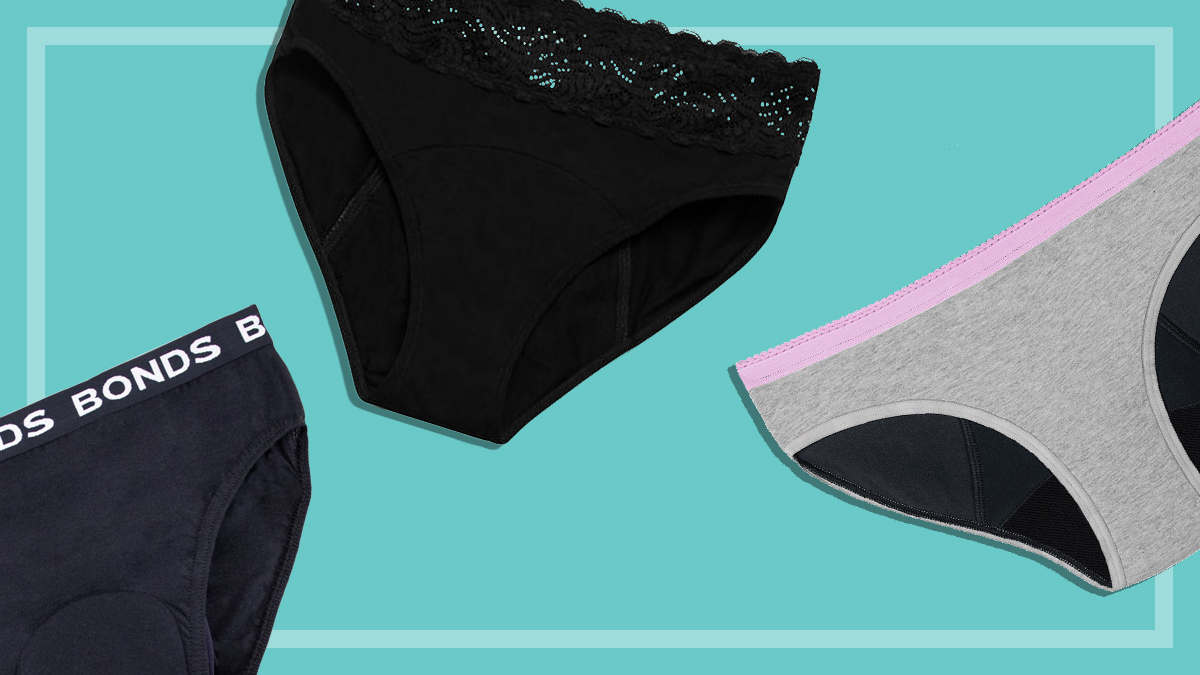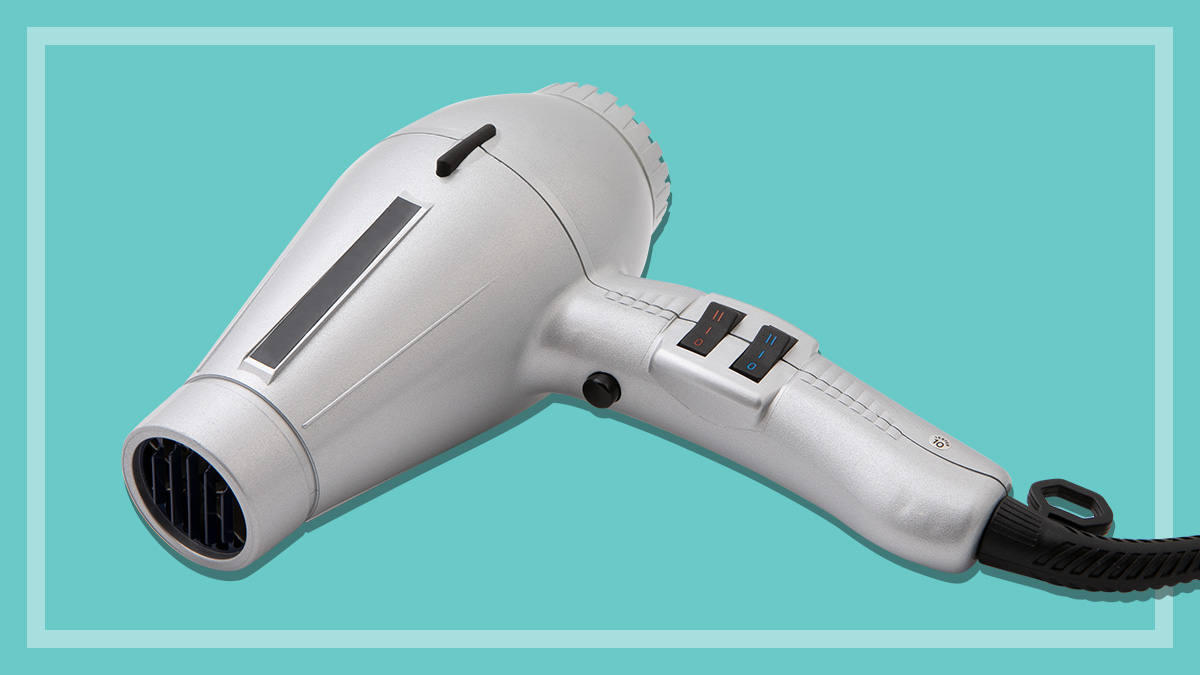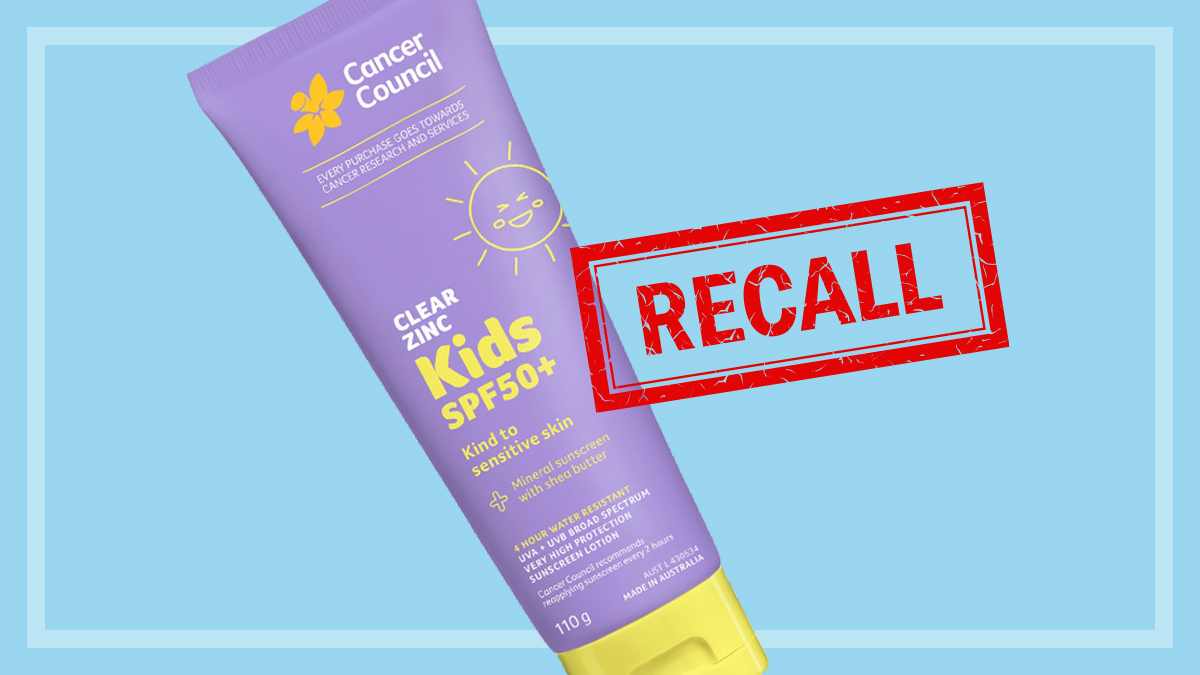Get our independent lab tests, expert reviews and honest advice.
How we test period underwear
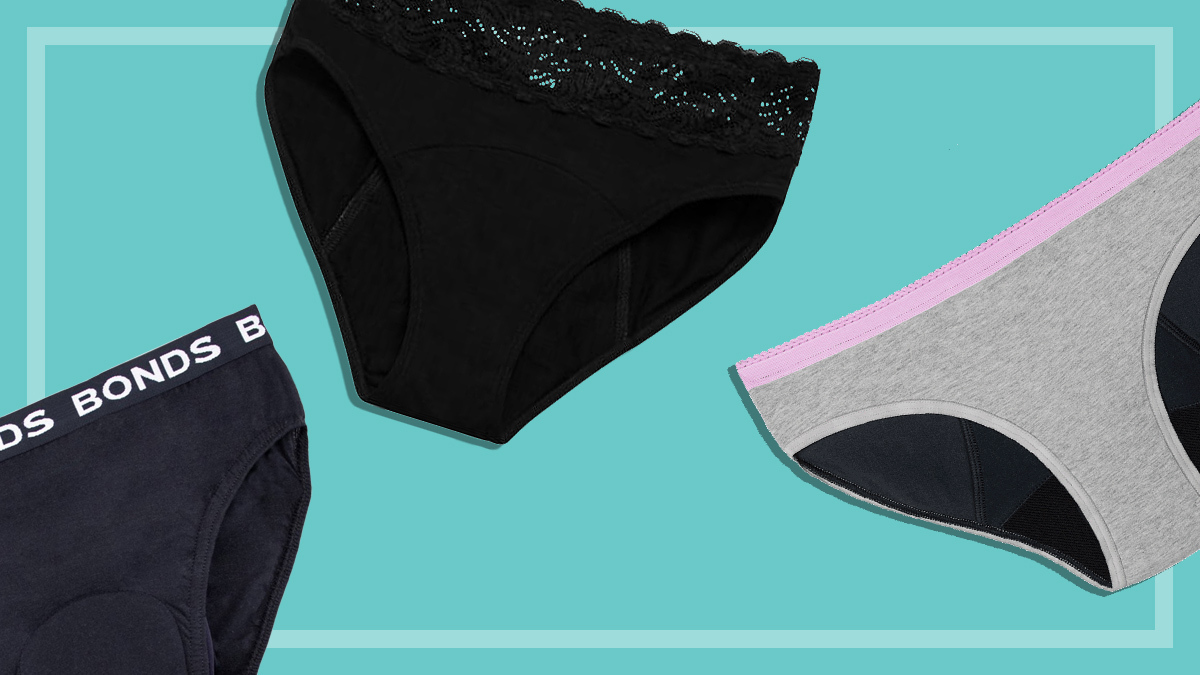
Whether you’re just starting out on your period underwear journey or have been wearing them for years, it’s important to feel comfortable and protected during your cycle.
On this page:
Our trial and tests help you find the best period underwear for your needs.
How we choose our products
As period underpants grow in popularity, more brands are joining the market. To narrow our selection, we chose brands that are readily available in department stores, supermarkets or online and that have a range of absorbency/flow options. For style consistency, we chose a full brief (or closest alternative).
Our team of CHOICE buyers then purchased each product, just as a normal consumer would. This is so we could be sure they were the same as any consumer would find them and not ‘tweaked’ in any way.
User trial
We recruited 56 CHOICE staff and supporters to each trial two or three different brands of period undies.
Each volunteer trialled two pairs for each brand – one for daytime (moderate absorbency or closest equivalent), and a different pair for overnight (heavy absorbency or closest equivalent).
Triallists were asked to wash and dry each pair according to instructions found on the packaging/undies before wearing.
Each brand was trialled on a moderate flow day during the triallists’ cycle, with the day pair starting from when they got dressed for the day, changing into the overnight pair as they got ready for bed. On average, the undies were worn for 9.4 hours.
The triallists also completed a post-trial survey form and were asked to rate each pair of underwear on a scale from terrible to excellent, which we converted to a score out of 100. Each pair of undies was trialled a minimum of 30 times in total.
Scores
The CHOICE overall score is made up of:
- triallist overall score (35%)
- performance (35%)
- overall comfort (20%)
- ease of use (10%).
The performance score is made up of:
- no leakage (40%)
- absorbency (35%)
- odour control (15%).
The overall comfort score is made up of:
- comfort (60%)
- fit (40%).
The ease of use score is made up of:
- ease of washing (50%)
- drying time satisfaction (50%).
All scores are based on our post-trial survey responses.
The ‘no leakage’ score refers to the percentage of participants who experienced no leaks whatsoever. The ‘drying time satisfaction’ score refers to participants’ high satisfaction with the time it takes for the underwear to dry (the higher the score, the better).
For a full comparison of how each brand scored, see our period undies review.
Lab observations
We also sent five pairs of each period underwear to a laboratory to observe absorbency speed, wet feeling, and to look for signs of leakage. (The results weren’t included in our user trial scores.)
Absorbency speed
Using a special dosing apparatus, each item was assessed for its absorbency speed. A specific amount of saline solution was dosed into the centre of the period undies using the dosage pump. The amount of time it took for the liquid to disappear was recorded and the process was repeated once more after waiting for five minutes. The total time for both gushes to absorb was taken as the absorption speed.
Leaks
If any leaks out the side of the underwear were visible during the absorption test, these leaks were rated as light, moderate or heavy as an average over the five undies.
Wet feeling
Exactly five minutes after the last gush from the absorption test, six pre-weighed dry filter papers were placed on the wet underwear and held down by the dosing apparatus for 30 seconds. The filter paper was then removed and immediately weighed. Ideally, the filter paper should remain relatively dry.
Note: The results for LoveLuna Period Midi Brief (light-moderate absorbency) and Modibodi Seamfree Full Brief (moderate-heavy absorbency) were incomplete.
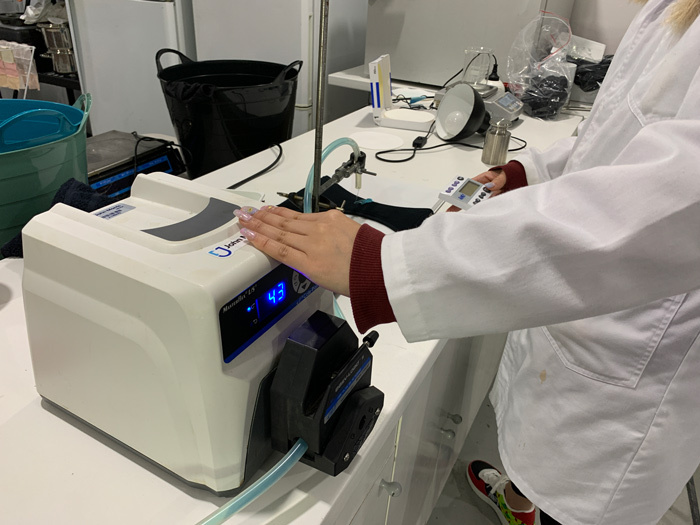
Laundry lab wear and tear test
In addition to the user trial, we also sent one pair of each period underwear to CHOICE’s laundry laboratory to find out what effect washing and drying would have on their condition over time.
The undies were washed in a large, impeller top-loading washing machine on a cotton cold cycle, with half a scoop of detergent for each wash.
Based on the assumption you might bung them in the dryer instead of line-drying, for every five washes the undies were put through a gentle dryer program. For every 20 washes (and once more at the conclusion of the test), they were put through an intensive dryer cycle.
In total, the undies ran through 48 wash cycles and 10 dryer cycles (three of which would be considered intensive).

